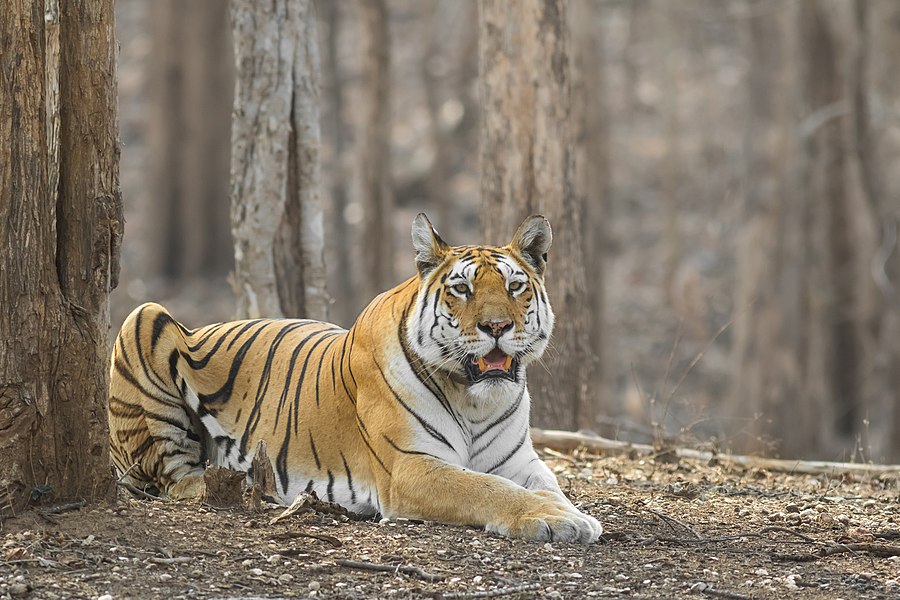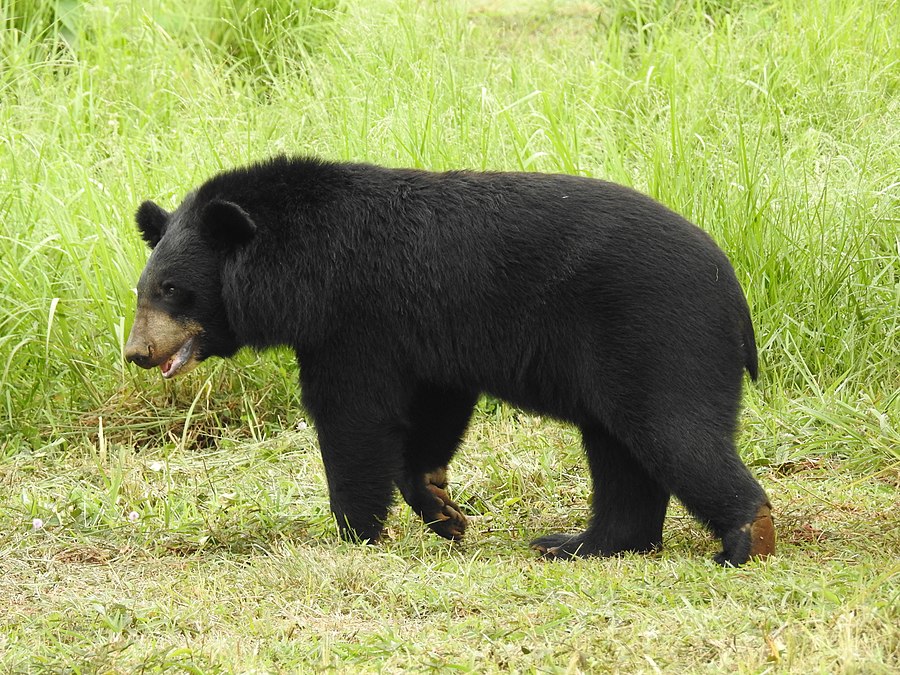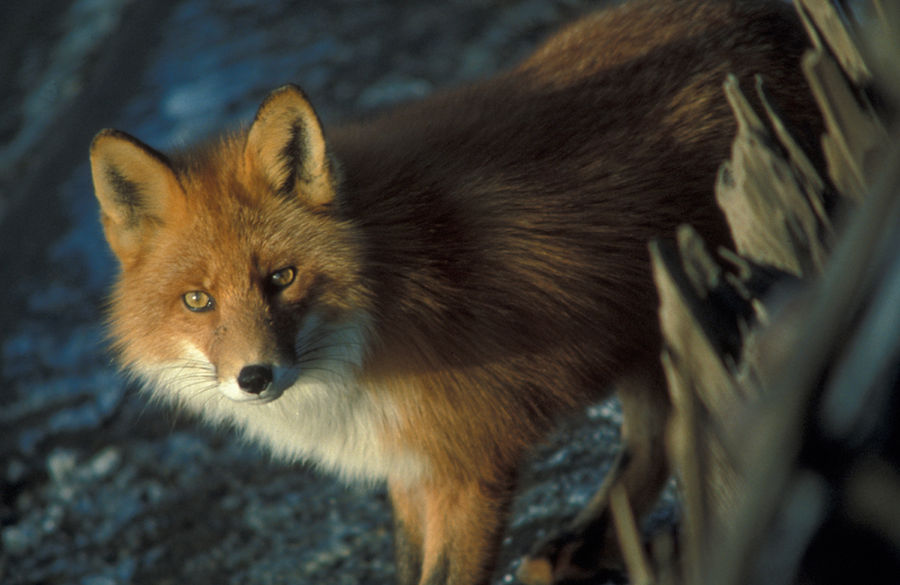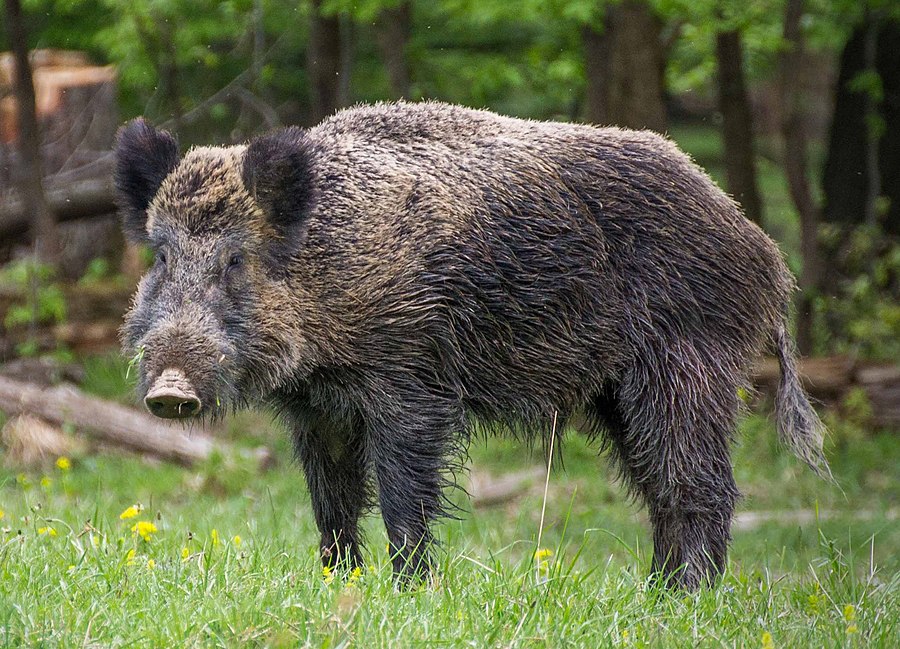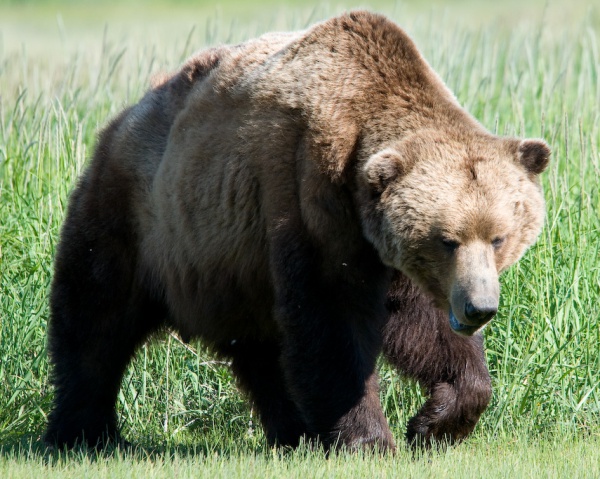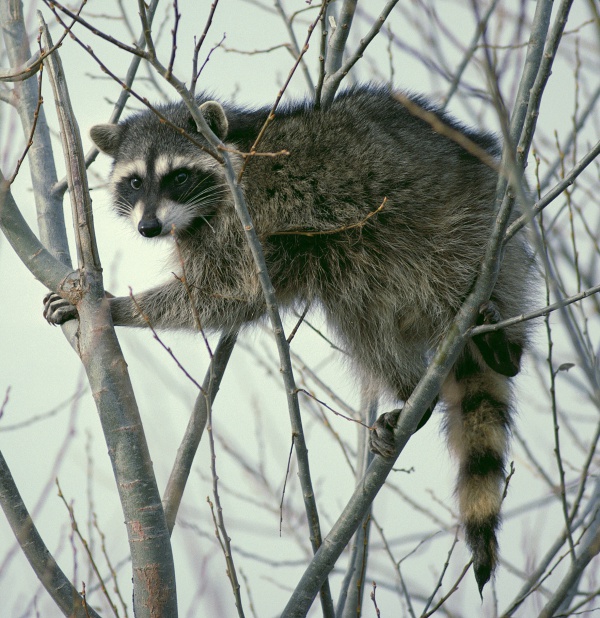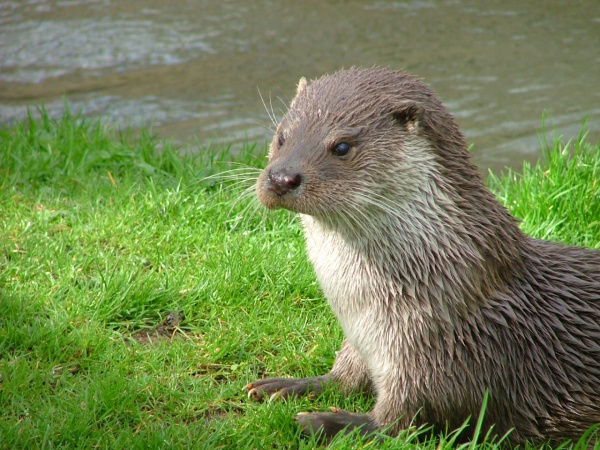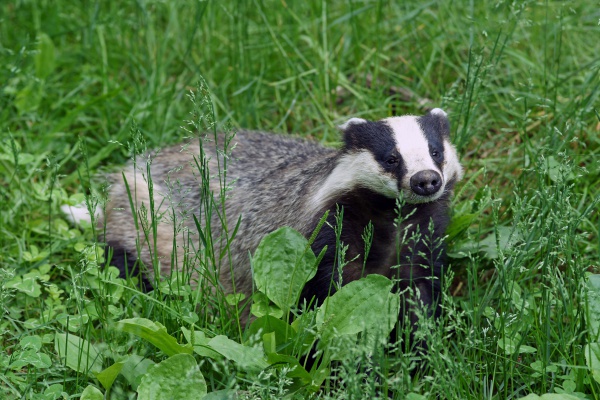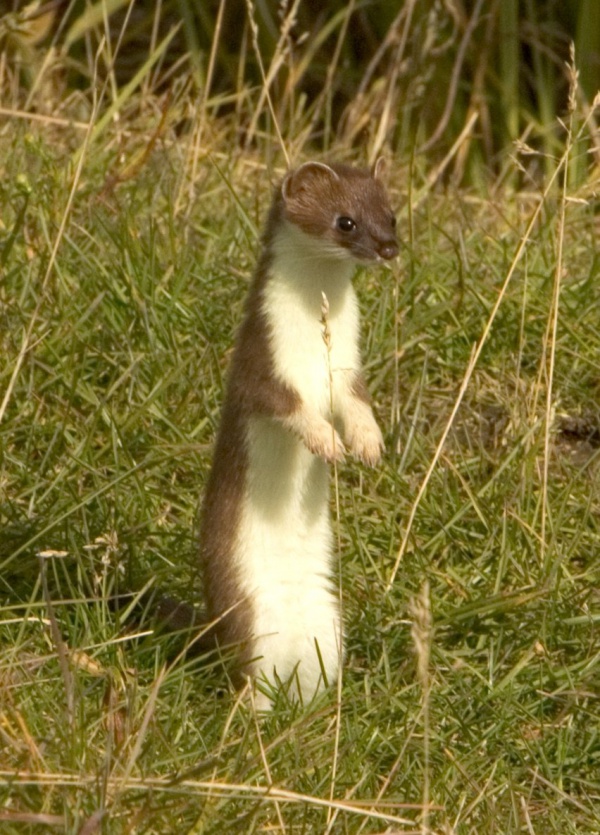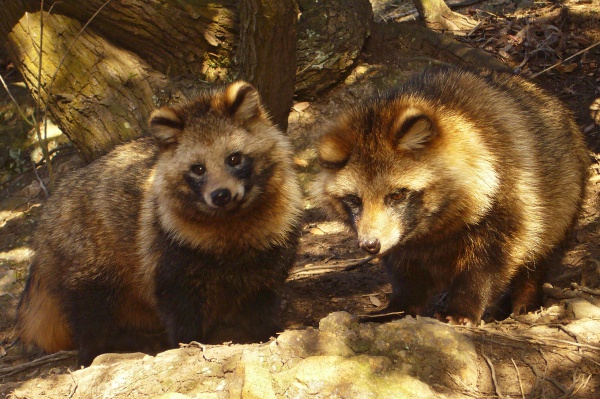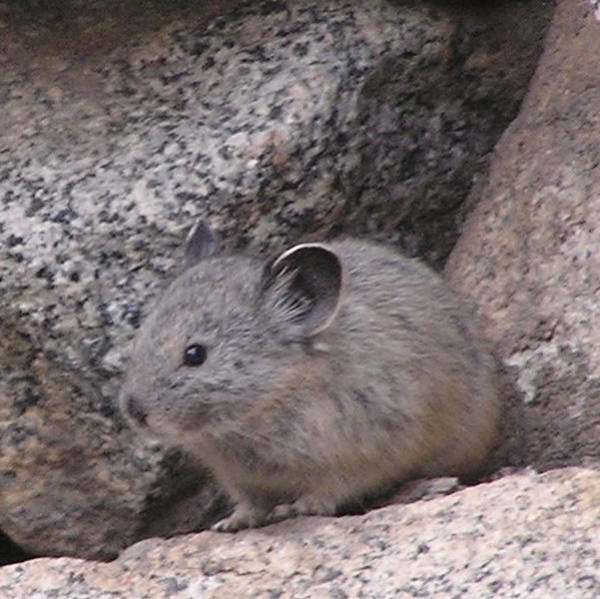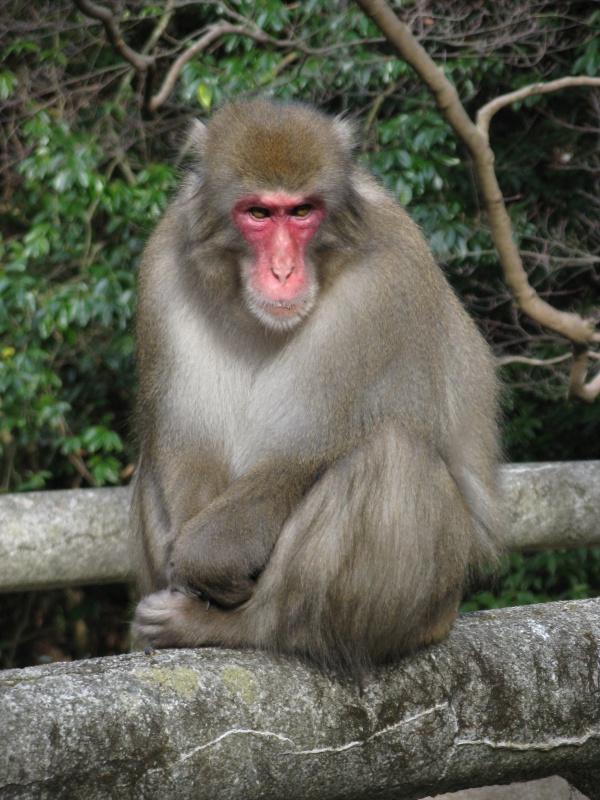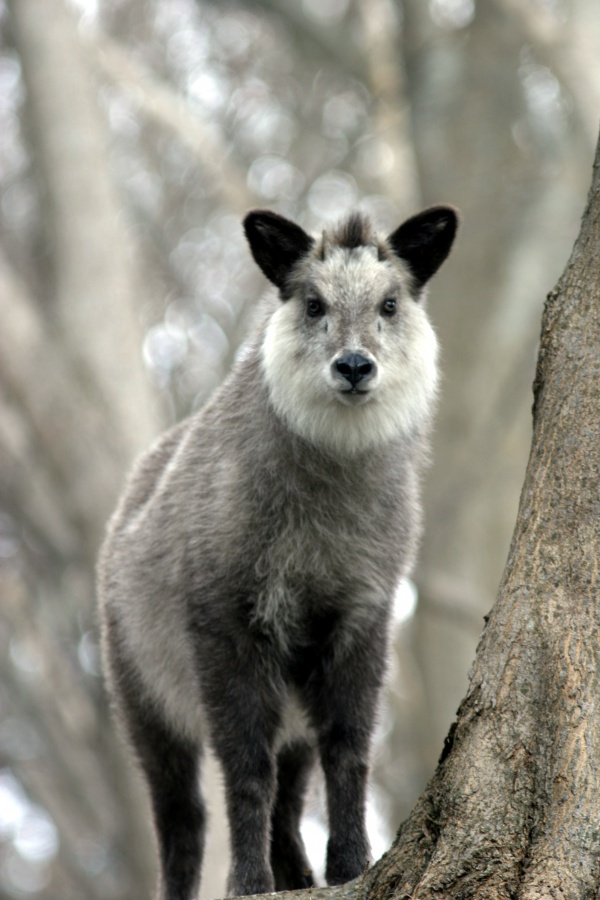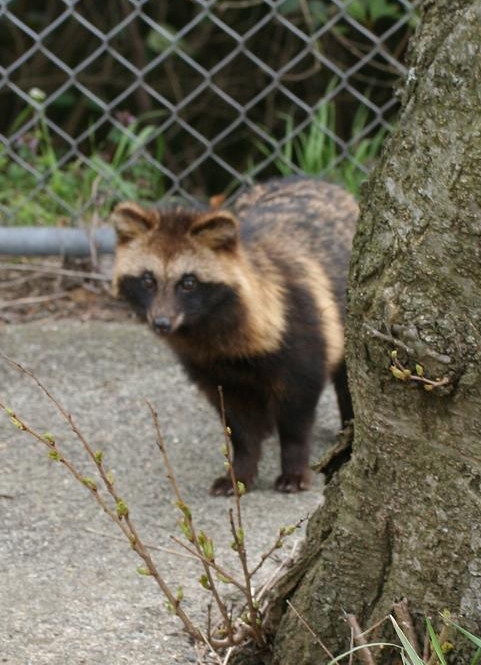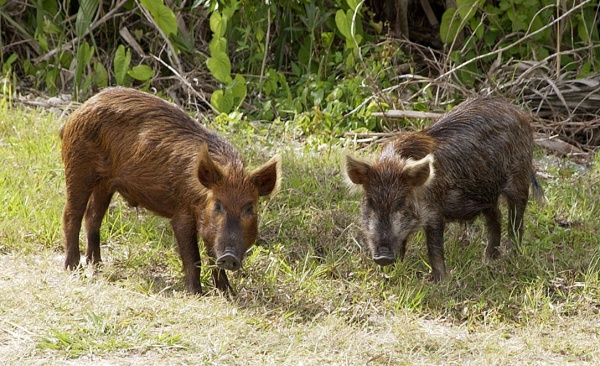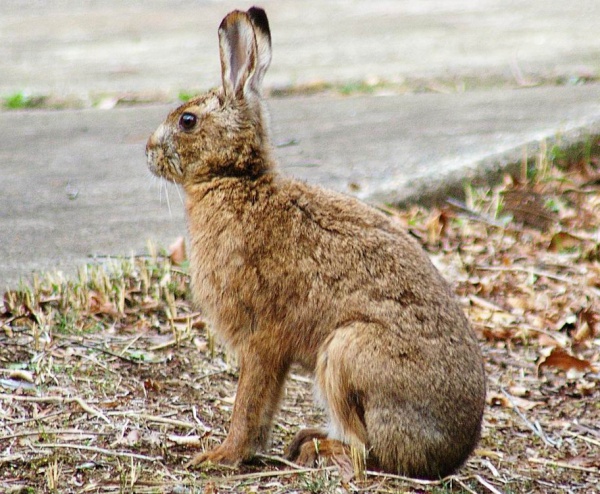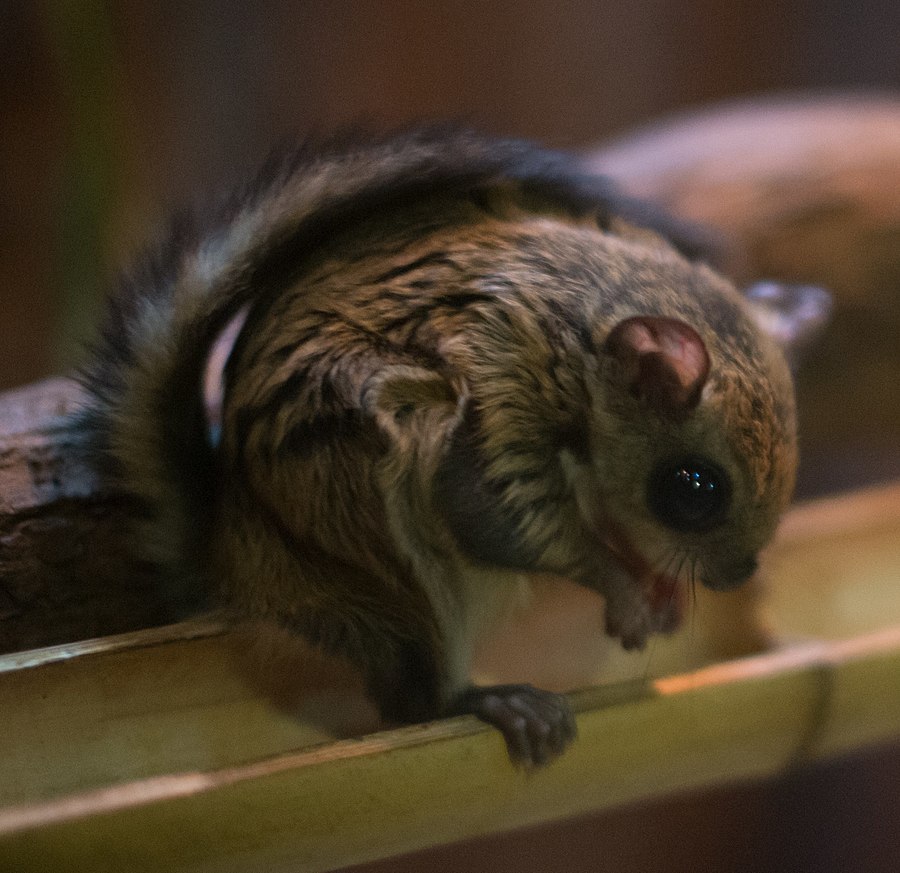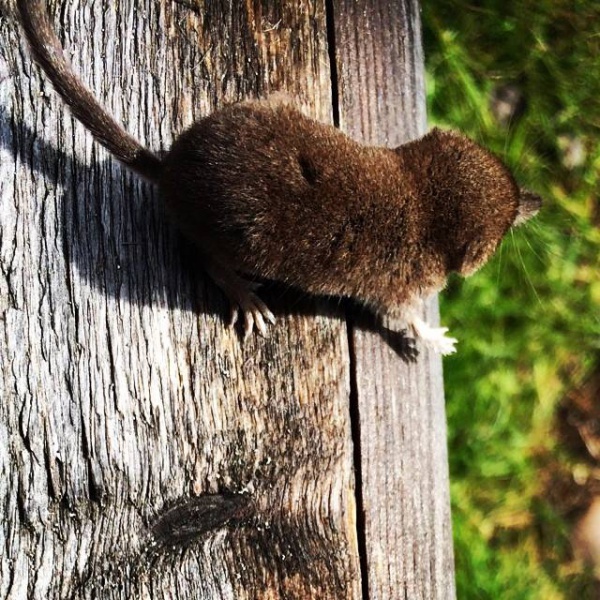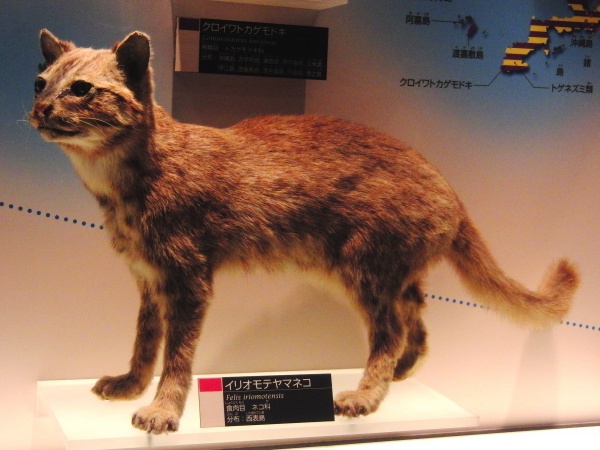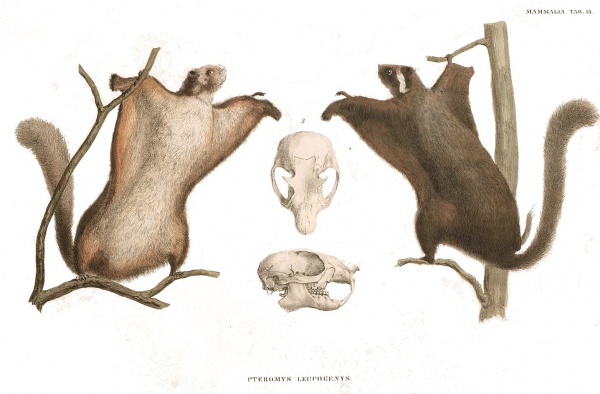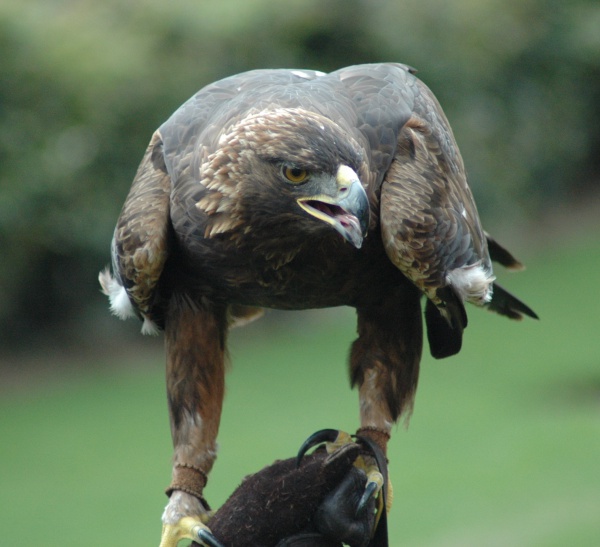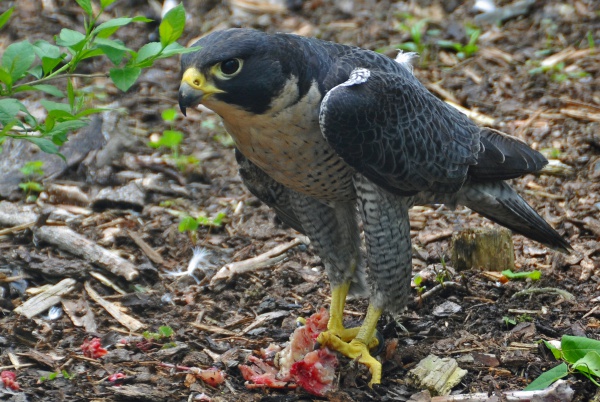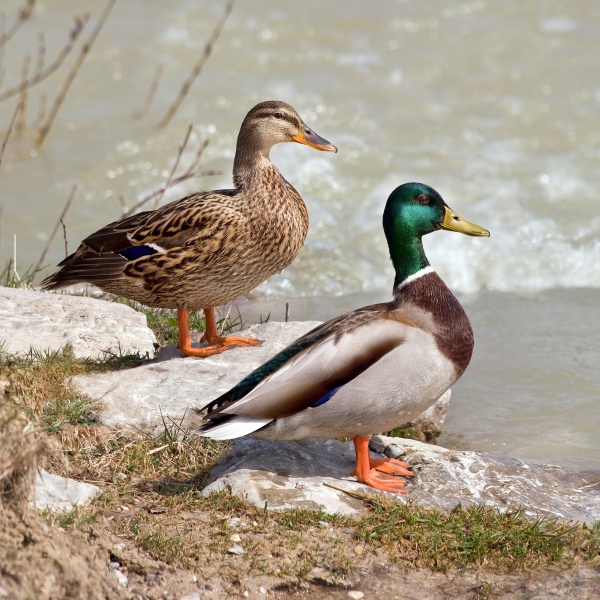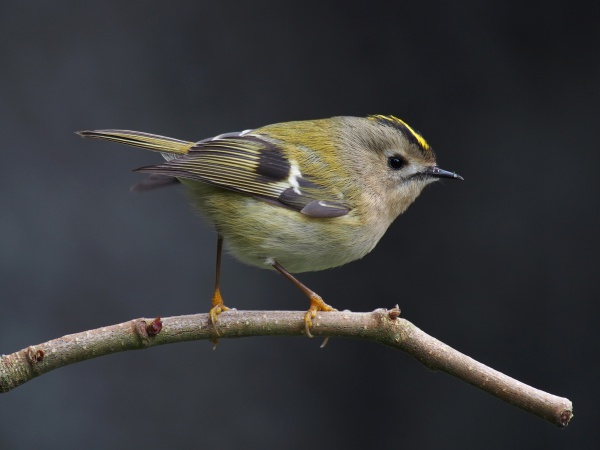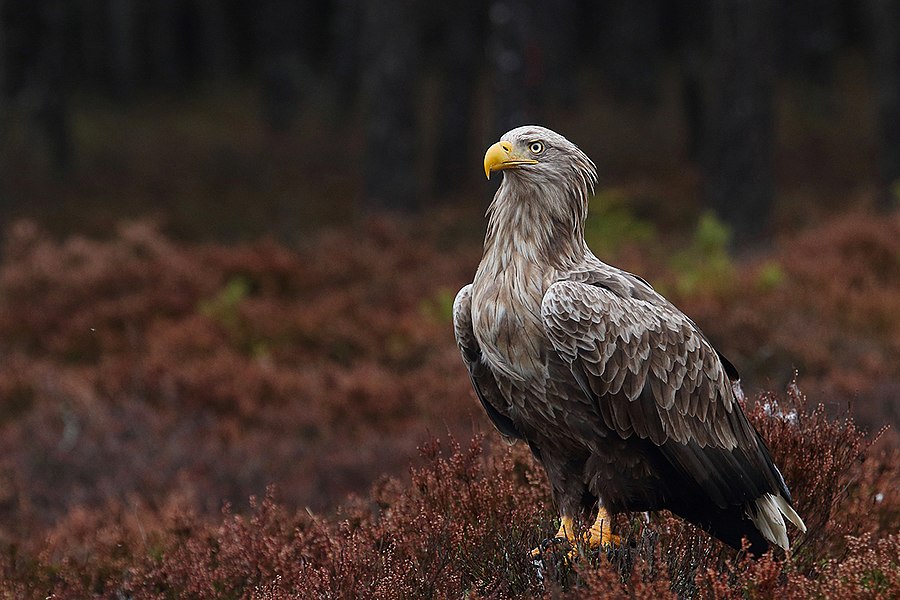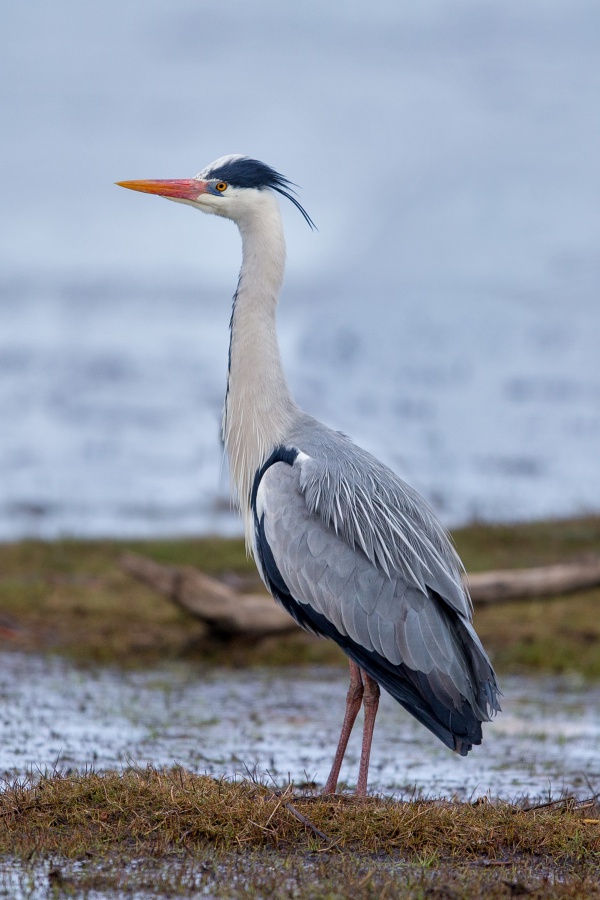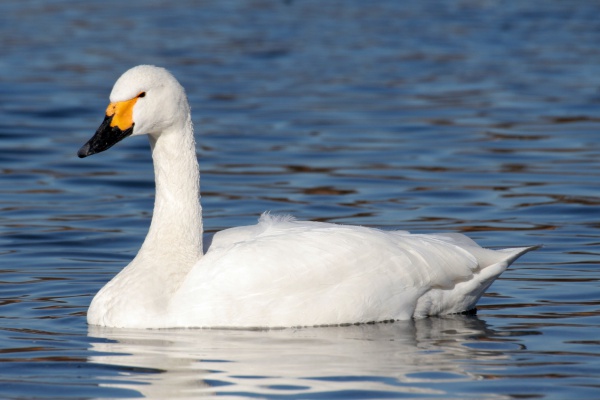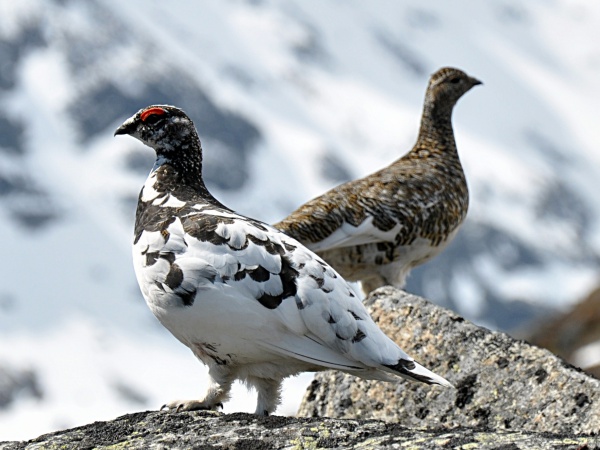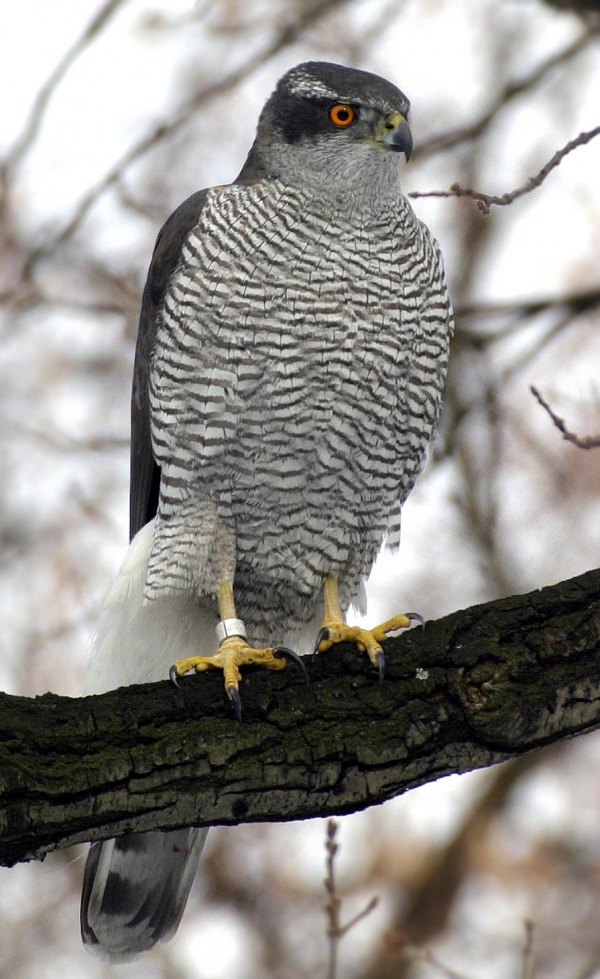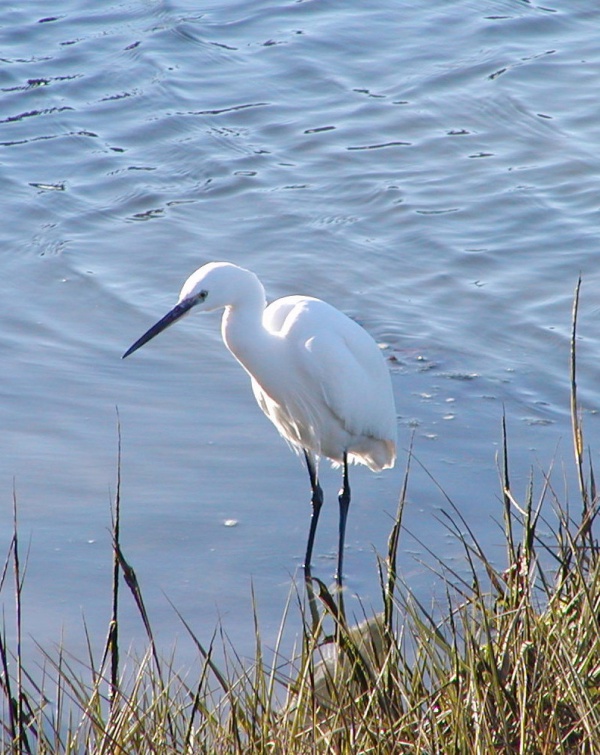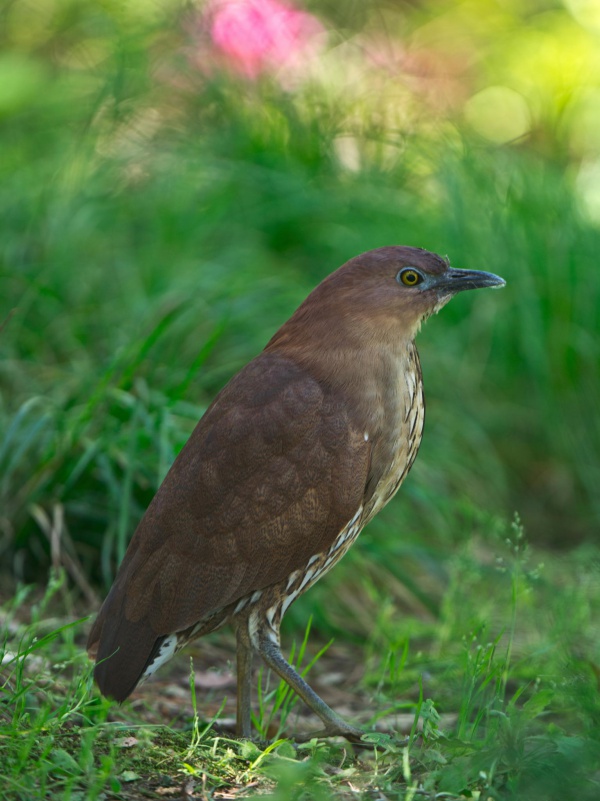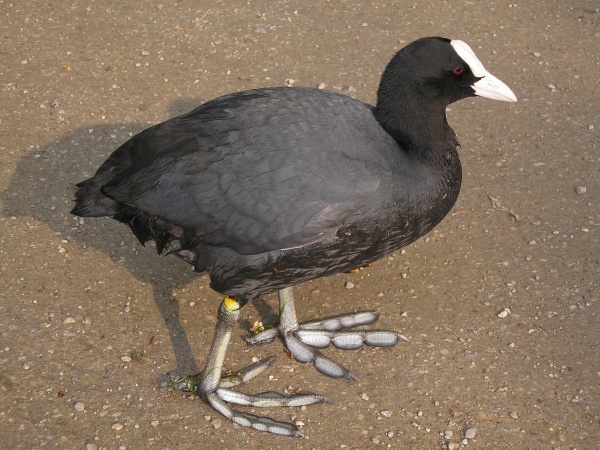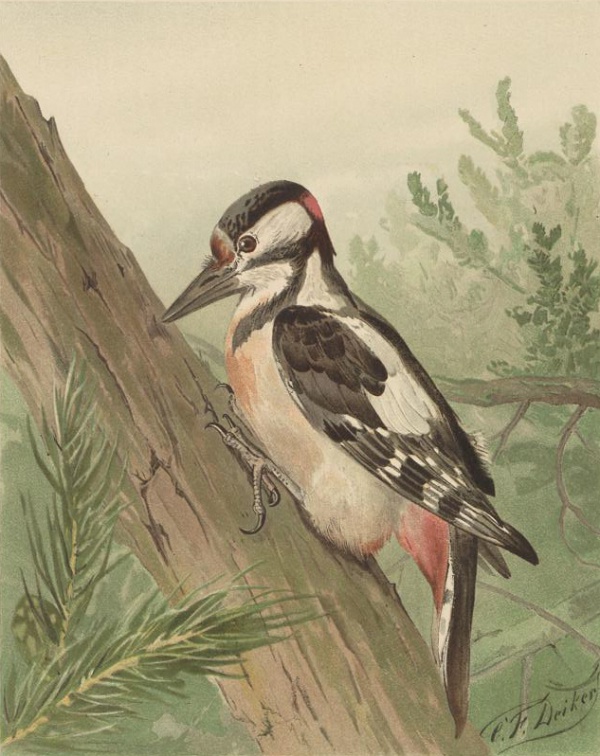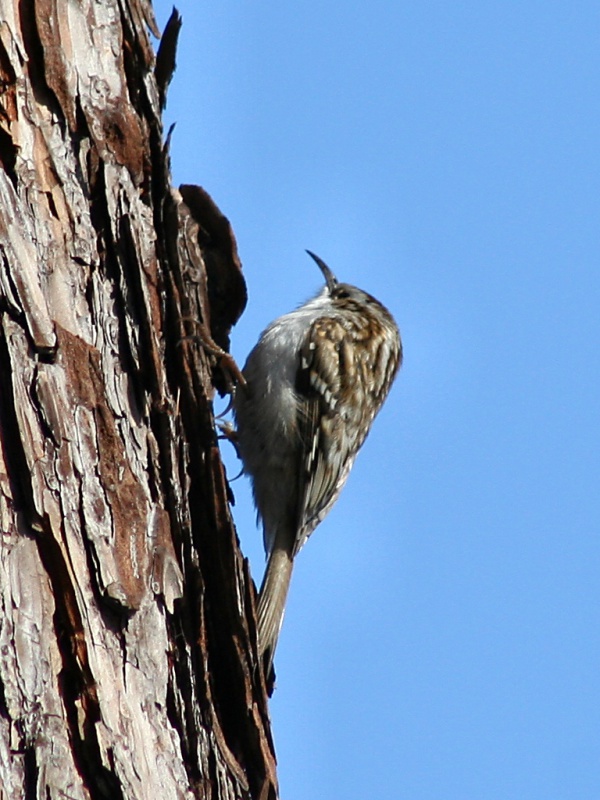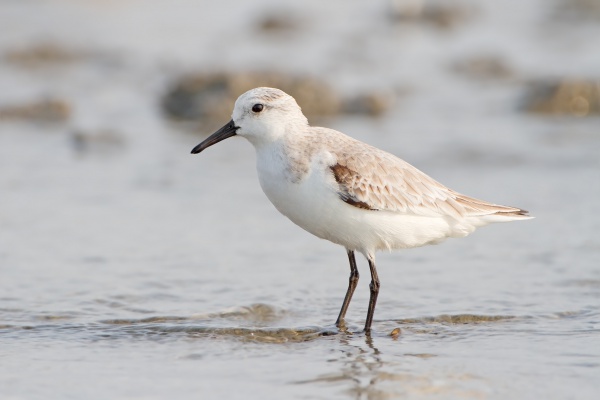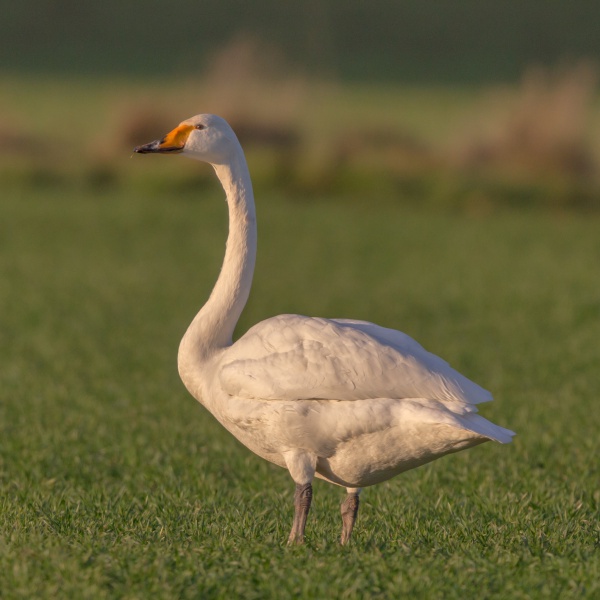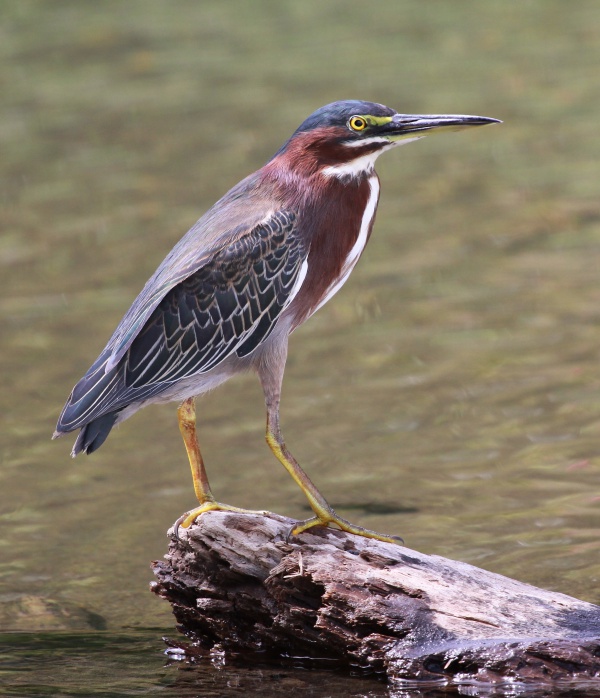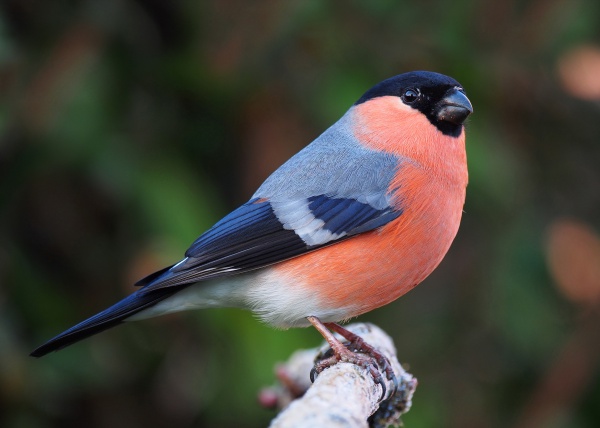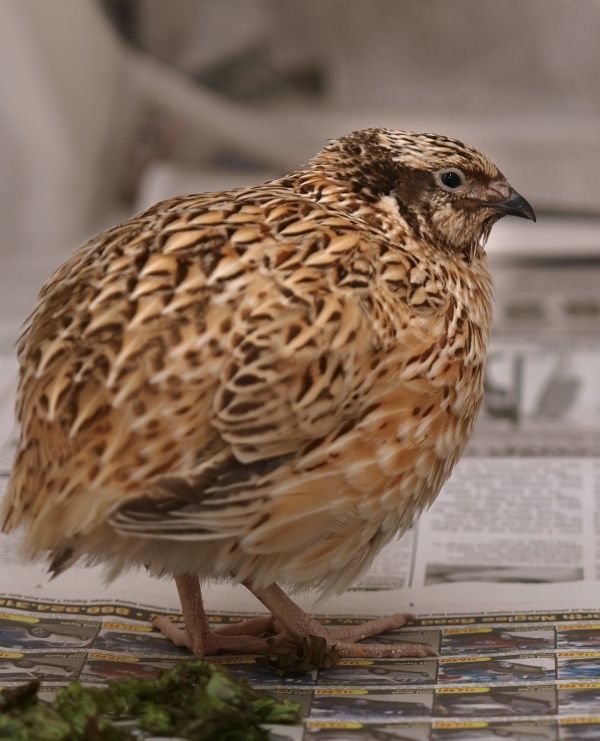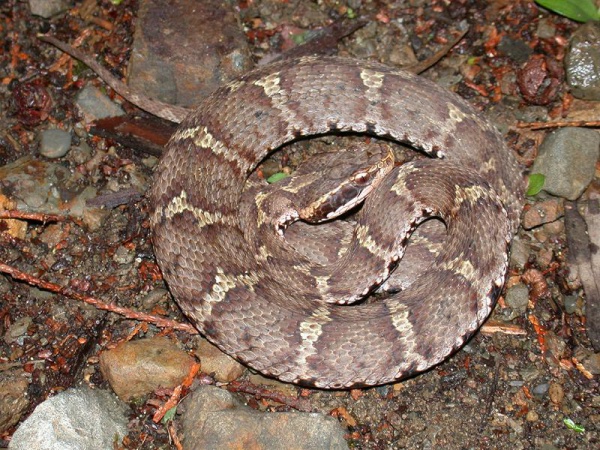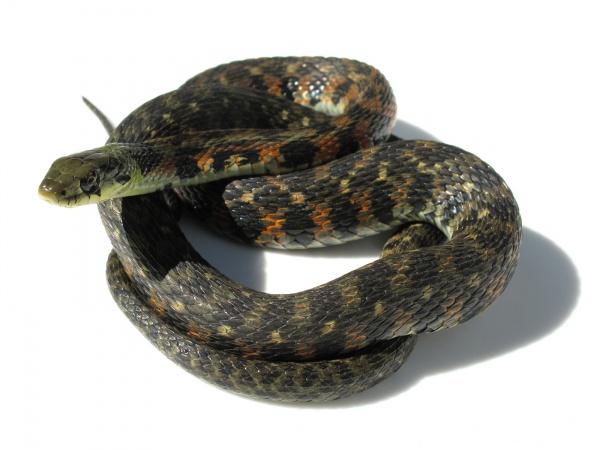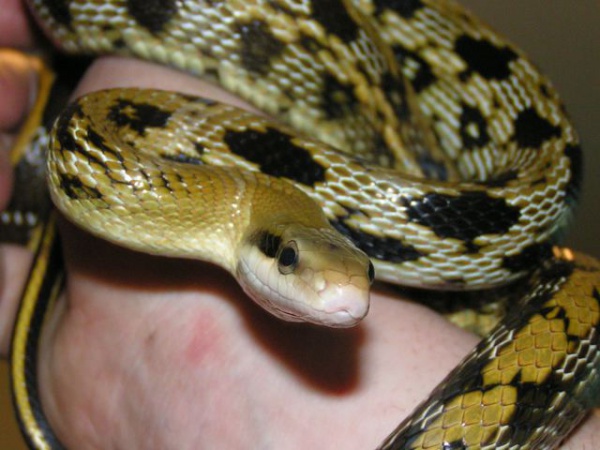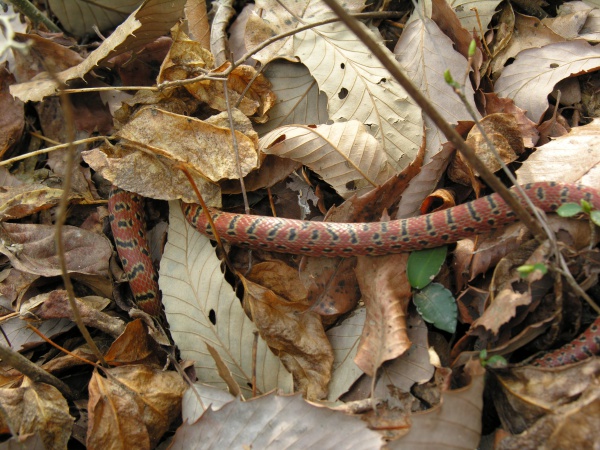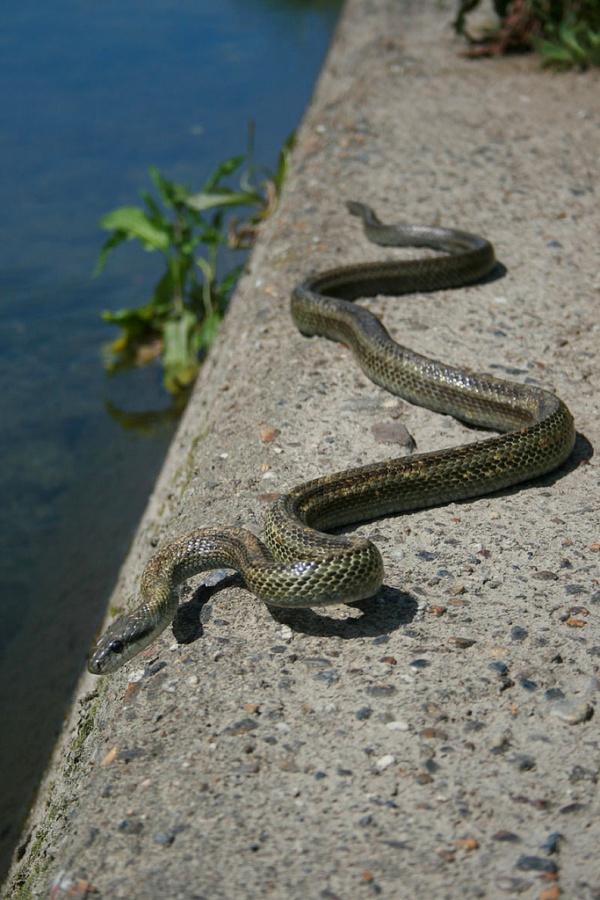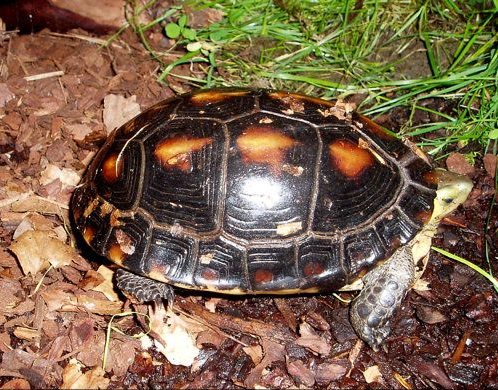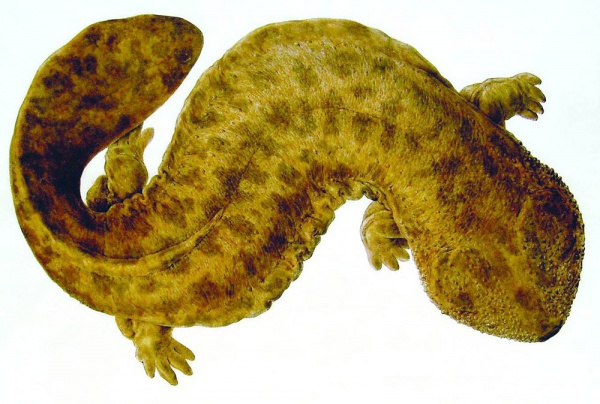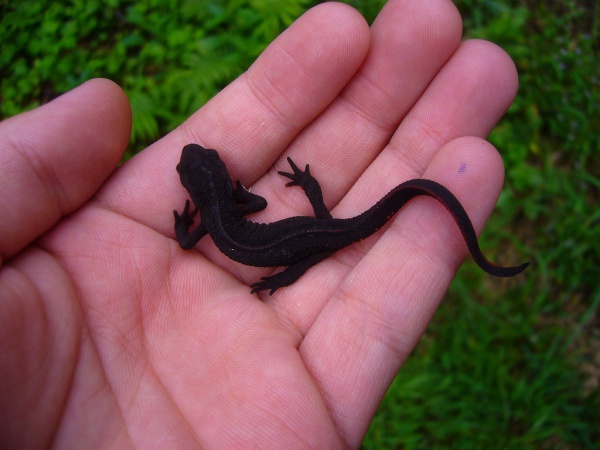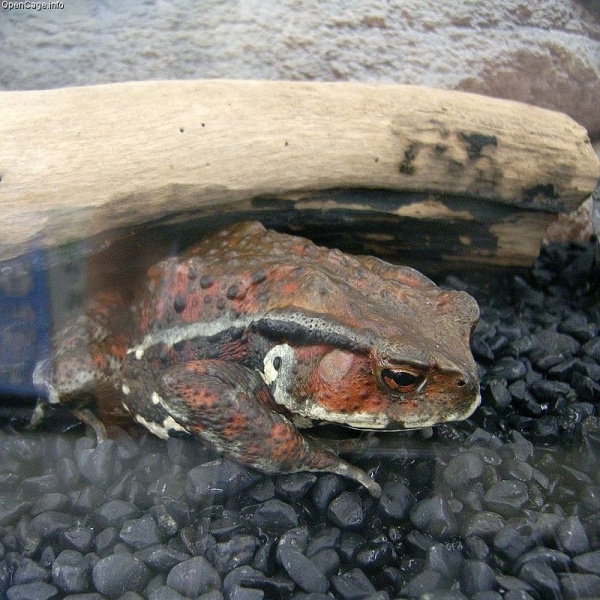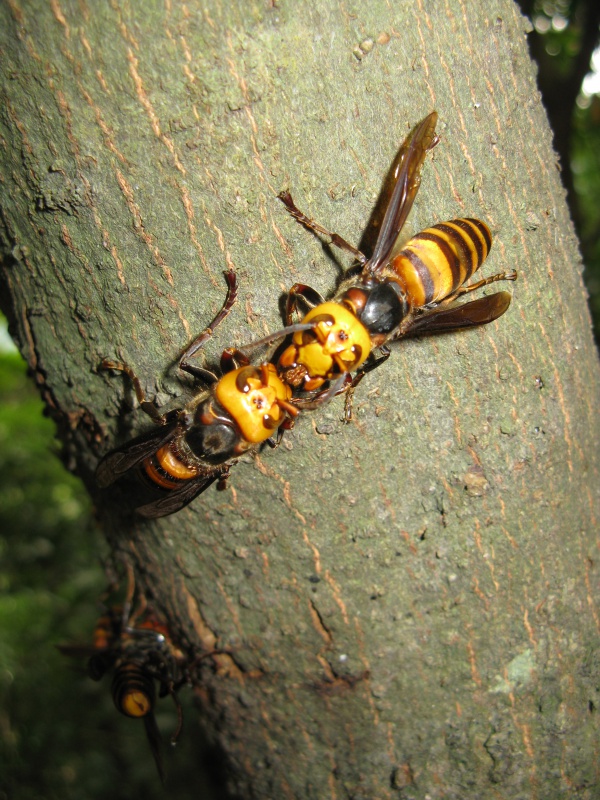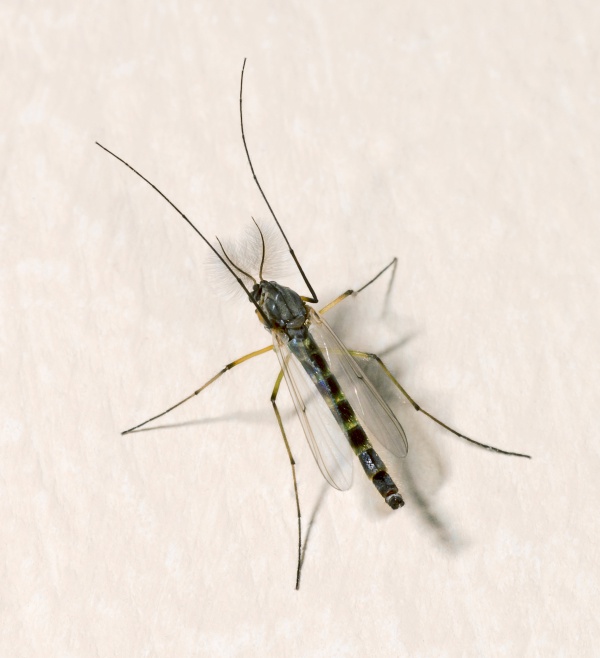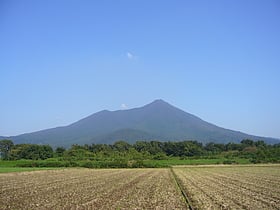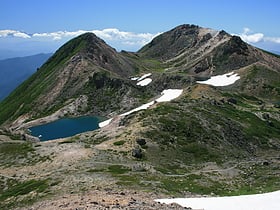
Japan Animals
Follow the Trail of Wild Nature – Nature Tourism in Japan
Japan, a country known for its stunning natural beauty and diverse ecosystems, is home to a fascinating array of wildlife. From the iconic Japanese macaque, also known as the snow monkey, which can be spotted bathing in hot springs during the winter, to the elusive Japanese serow, a goat-antelope species that roams the mountainous regions, Japan offers a unique opportunity to encounter a variety of captivating animals.
Embark on a journey through the enchanting world of animals that call Japan home. Witness the playful antics of the Japanese giant salamander, the largest amphibian in the world, as it navigates the clear, cool waters of Japanese rivers. Marvel at the graceful flight of the red-crowned crane, a symbol of longevity and good fortune in Japanese culture, as it dances elegantly in the wetlands. Whether it's the mischievous tanuki, a raccoon dog known for its folklore significance, or the majestic sika deer that roam freely in Japan's forests, the country's wildlife offers a rich tapestry of natural wonders waiting to be explored.
Mammals of Japan
In the verdant forests and sprawling landscapes of Japan, one may encounter a fascinating array of indigenous mammals. The iconic Japanese macaque, or snow monkey, is renowned for its intelligence and the unique behavior of bathing in hot springs, particularly in the snowy regions of Nagano. The elusive Japanese serow, a goat-antelope, roams the dense woodlands, while the tanuki, or raccoon dog, known for its mischievous folklore reputation, is a common sight across various habitats. In Hokkaido, the northernmost island, one can spot the majestic Ezo red fox and the Hokkaido brown bear, the largest carnivore in Japan. Offshore, the waters are home to the graceful Dall's porpoise and the impressive Baird's beaked whale, adding to the rich tapestry of Japan's mammalian wildlife.
Birds of Japan
Japan, an archipelago graced with a diverse array of habitats, is home to a fascinating variety of birds, many of which are endemic to its shores. The iconic Red-crowned Crane, revered in Japanese culture, can be found in the northern island of Hokkaido, displaying its elegant mating dance amidst snowy landscapes. In the dense forests, one might catch a glimpse of the elusive Japanese Night Heron or the vibrant Green Pheasant, Japan's national bird. The warm currents of the Pacific bring a multitude of seabirds; the Streaked Shearwater and Japanese Murrelet skim the waves, while the Blakiston's Fish Owl, the largest owl in Japan, can be spotted along rivers in Hokkaido. For the keen observer, the bustling urban parks even host the charming Japanese White-eye, easily identified by its distinctive eye-ring. Each of these species contributes to the rich tapestry of avian life that adorns Japan's natural landscape.
Reptiles, Amphibians, Insects
Top Spots for Wildlife Observation in Japan
- Shiretoko National Park, located on the northeastern tip of Hokkaido, is a UNESCO World Heritage site known for its pristine landscapes and diverse wildlife. Visitors can spot brown bears, sika deer, and various sea birds. The surrounding seas are rich with marine life, including Steller sea lions and spotted seals.
- Yakushima National Park, a subtropical island off the southern coast of Kyushu, is famous for its ancient cedar forests, some of which are over a thousand years old. The island is home to the Yakushima macaque and the Yakushima deer, both of which are endemic to the island. Sea turtles also come ashore to lay their eggs on the beaches.
- Nikko National Park, situated in the Kanto region on Honshu island, offers a habitat for Japanese macaques, Asian black bears, and Japanese serows, a goat-antelope species that is a national symbol of wildlife conservation in Japan. The park's diverse ecosystems range from lowland forests to high alpine environments.
- Chubu-Sangaku National Park in the Japanese Alps of Honshu is a haven for alpine flora and fauna. The Japanese serow and the ptarmigan, a bird adapted to cold environments, can be found here. The park's rugged terrain also supports populations of Japanese macaques and snow hares.
- Oze National Park, also on Honshu, is known for its large highland marshes and is a popular destination for birdwatching. The park is a breeding ground for the Japanese grosbeak and the copper pheasant. The Asiatic black bear also roams the dense forests of the park.
- Iriomote-Ishigaki National Park in the Okinawa Prefecture encompasses the subtropical islands of Iriomote and Ishigaki. Iriomote Island is the only place in the world where the Iriomote wildcat, a critically endangered species, can be found. The surrounding coral reefs are teeming with tropical fish and the rare dugong, a marine mammal related to manatees.
- Kushiro Shitsugen National Park in eastern Hokkaido is Japan's largest wetland and a vital habitat for the endangered Japanese crane, also known as the red-crowned crane. The park's vast marshes also support a variety of other bird species, including the white-tailed eagle and the common reed bunting.
